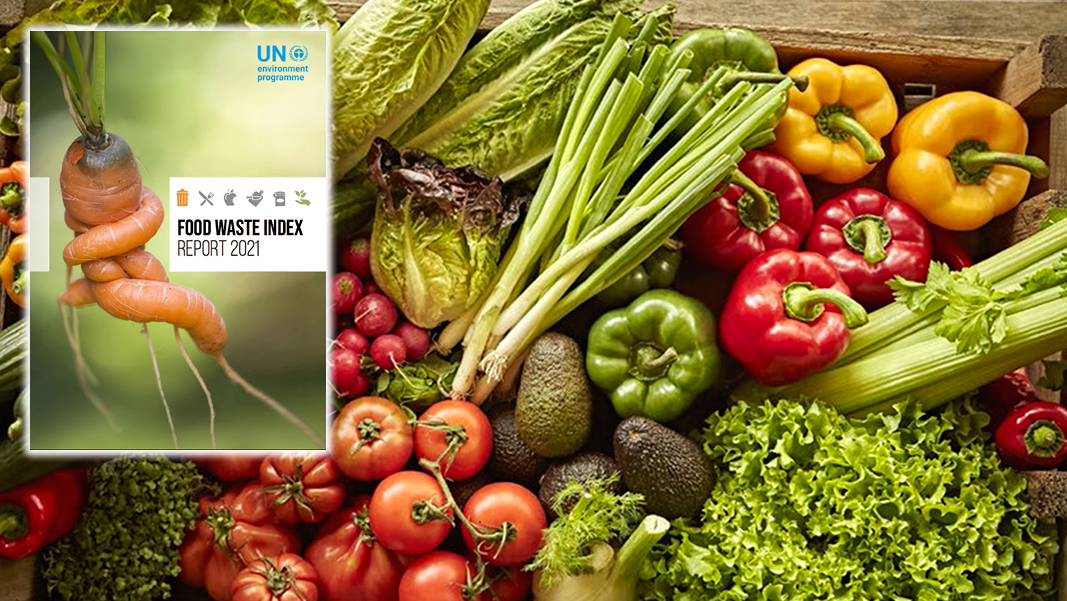A United Nations Environment Programme (UNEP) Food Waste Index and an updated global food donation atlas from the Harvard Food Law & Policy Clinic (FLPC) were released in the beginning of March.
The UNEP Food Waste Index Report 2021 estimated that 931 million metric tons of food (1.03 billion tons), or 17% of total food available to consumers globally in 2019, went into the waste bin. Developed in partnership with WRAP, the Index looks at food waste that occurs in retail outlets, restaurants, other food services and homes — counting both food and inedible parts like bones and shells. The data is used to measure progress on Sustainable Development Goal (SDG) target 12.3, which aims at halving per capita global food waste at the retail and consumer levels and reducing food losses along production and supply chains, including post-harvest losses.
The report finds that in nearly every country that has measured food waste, it was substantial, regardless of income level. Most comes from households, which discard 11% of the total food available at the consumption stage of the supply chain. Food services and retail outlets waste 5% and 2% respectively. On a global per capita level, 121 kilograms of consumer-level food is wasted each year, with 74 kilograms of this happening in households. The report also includes regional and national per capita estimates. “With 690 million people affected by hunger in 2019, a number expected to rise sharply with COVID-19, and three billion people unable to afford a healthy diet, consumers need help to reduce food waste at home,” notes UNEP.
The reports finds that 14 countries already have household food waste data collected in a way that is compatible with the Food Waste Index. A further 38 countries have household food waste data where small changes in methodology, geographical coverage or sample size would allow them to create an SDG 12.3-compatible estimate. A total of 54 countries had data for at least one of the three sectors covered by the report.
The Harvard FLPC, in partnership with the Global Food Banking Network (GFN) and with support from the Walmart Foundation, recently released new research on food donation laws and policies in Colombia and Peru, building upon its earlier published findings on five other countries (Argentina, Canada, India, Mexico, and the U.S.). The interactive Global Food Donation Policy Atlas is searchable by policy area: Food safety for donations; date labeling; liability protection for food donations; tax incentives; tax barriers; donation requirements or food waste penalties; and government grants and incentives.
To help strengthen food donation law and policy, FLPC has developed a legal guide, recommendations, and an executive summary for each country, accessible via the “Library” on the Global Food Donation Policy Atlas webpage. All materials are available for download as PDF files. The legal guides provide an overview of the state of food loss, waste, and recovery as well as food insecurity in each country, and explain the legal frameworks most relevant to food donation. Policy recommendations, which serve as a companion document to the legal guides, offer best practices to policymakers based on the gaps and opportunities identified in the guides. Finally, Executive Summaries synthesize the major findings from the legal guides and policy recommendations as well as some analysis of how each country compares to the others in the project.













